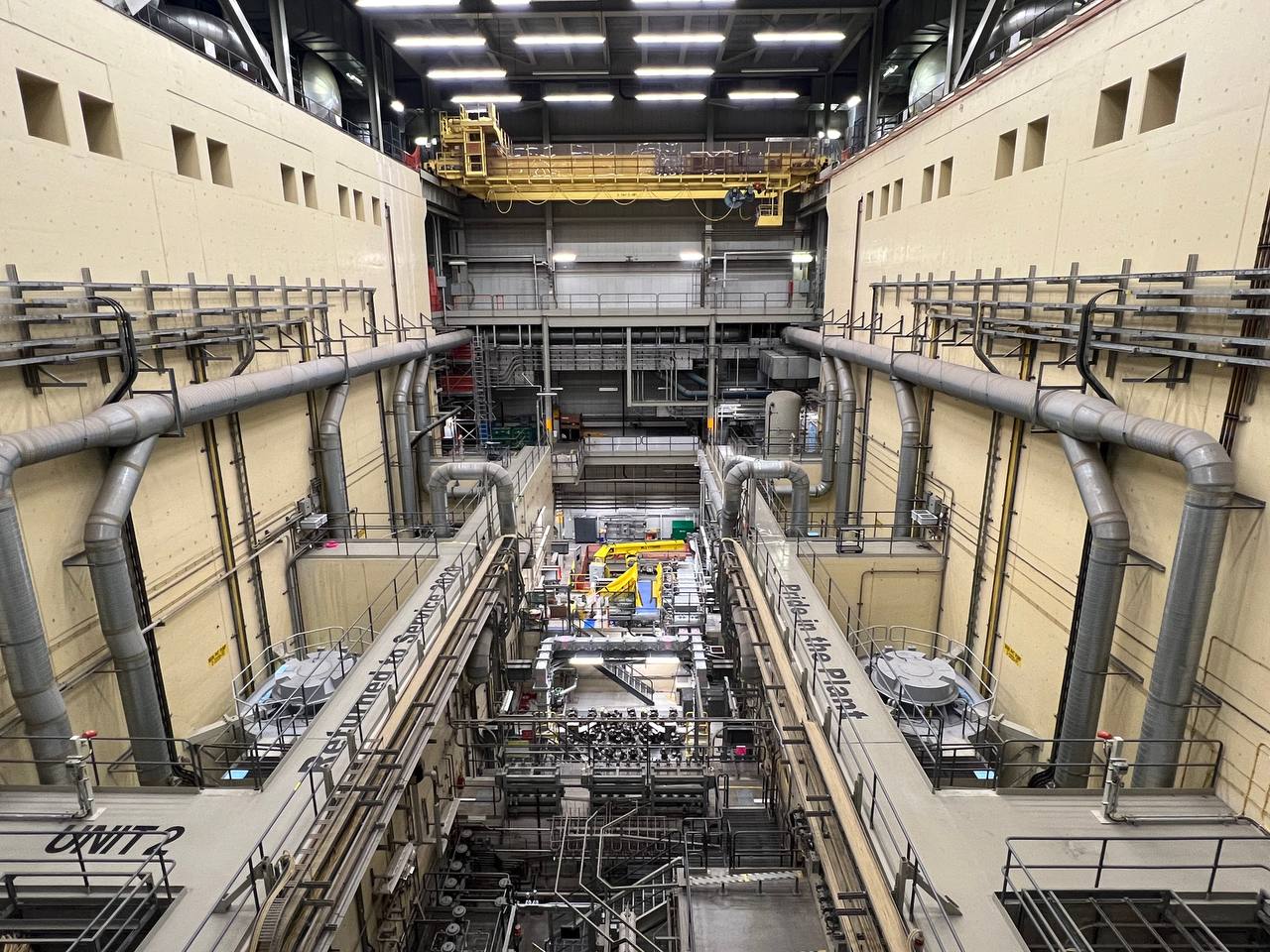Canadians have high hopes for small BWRX-300 nuclear reactors, but they do not forget about large-scale NPPs and warn against straining supply chains if multiple technologies are used at once.
Nuclear power plants provide about 60 percent of Ontario’s energy, whereas 25 percent comes from large-scale hydropower. The rest is natural gas, heating oil and PV. Ontario has been a nuclear province since the 1960s. Previously it was dominated by coal, which at the beginning of the 21st century, still accounted for 25% of energy generation. This was mainly due to the new nuclear power plant in Pickering and Bruce (Bruce Power). Other Canadian provinces are considering investments in nuclear power. The smog present in Toronto has decreased since coal-fired power generation was phased out in 2015. 24 percent of Ontario’s electricity is provided by Ontario Power Generation (OPG).
The 3,200 MW Pickering Nuclear Power Plant, which supplies 15 percent of Ontario’s energy, is located near Toronto and has homes nearby. Toronto is the third largest metropolitan area on the continent after New York and Chicago. The plant is scheduled to be phased out by 2026 if it gets regulatory approval to operate by then. There is already a conventional 3,512 MW nuclear power plant there, providing 20 percent of Ontario’s energy. However, OPG is investing in BWRX-300 technology in partnership with GE Hitachi with the first facility in Darlington. The plan is to explore three new SMR locations, which could be built in 2034 and 2036. The Darlington location is licensed and has an environmental impact assessment.
However large-scale nuclear energy is still needed. „The BWRX-300 will serve where low capacity is needed, but the province of Ontario needs high capacity, so small reactors alone won’t do, even if we put them everywhere in place of coal. We still need large reactors, ” said Subo Sinnathamby, head of projects at OPG, in response to a question from BiznesAlert.pl. She admitted that the Bruce Power installation is supposed to explore the possibility of increasing capacity. OPG employees talk about the „nuclear renaissance”.
„SMRs in the BWRX-1000 technology are the focus of our attention now, but we are exploring new locations for large reactors. We need additional large-scale nuclear reactors to implement the strategy of doubling the capacity of this type. We have the Canadian CANDU technology, but we are also considering others. However, we do not want to mix many technologies so as not to burden the supply chain in Canada too much, ” Subo Sinnathamby explained. Canadians have many links in their supply chain. Poland is just about to create it, and has declared its readiness to use many nuclear technologies at once.
The experience of Canadians can be useful to Poland. „We hope to share with Poland as much experience as we can,” said the OPG representative. The Prime Minister and the Minister of Energy of Ontario met with the Prime Minister of Poland in July 2023. Orlen Synthos Green Energy declares that it would like to have the first BWRX-300 reactor in Poland in 2029. OSGE, OPG, and the U.S. Tenesee Valley Authority have signed a cooperation agreement to create a single reactor standard for this GE Hitachi technology for national deployment.
Wojciech Jakóbik









